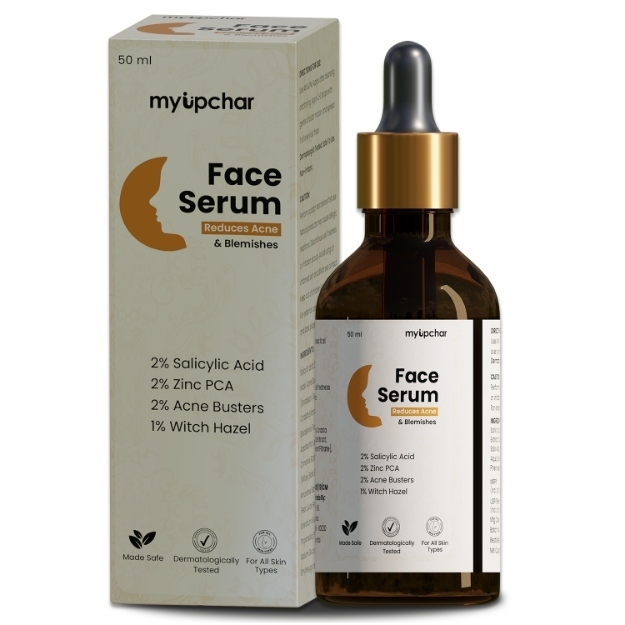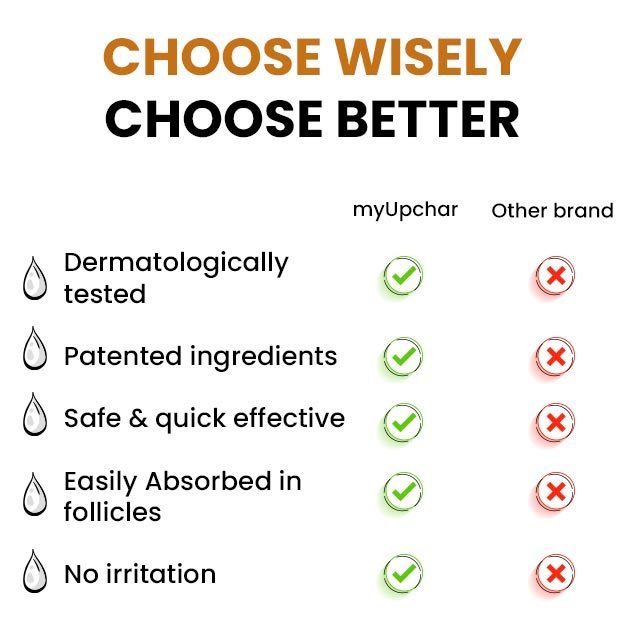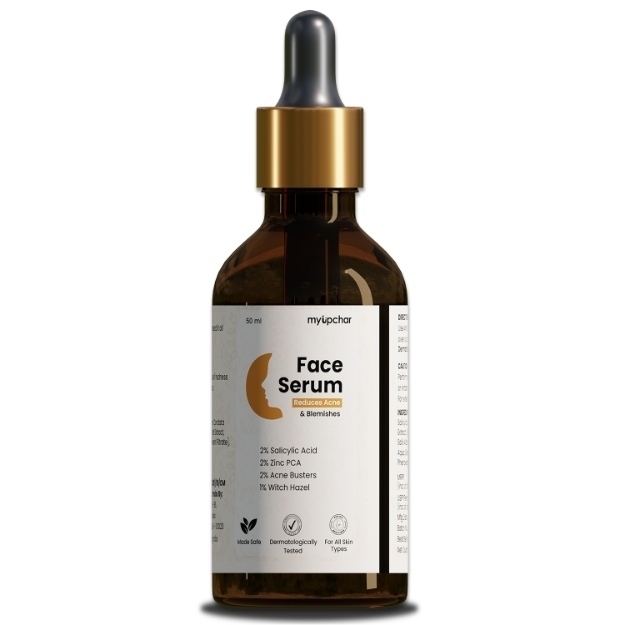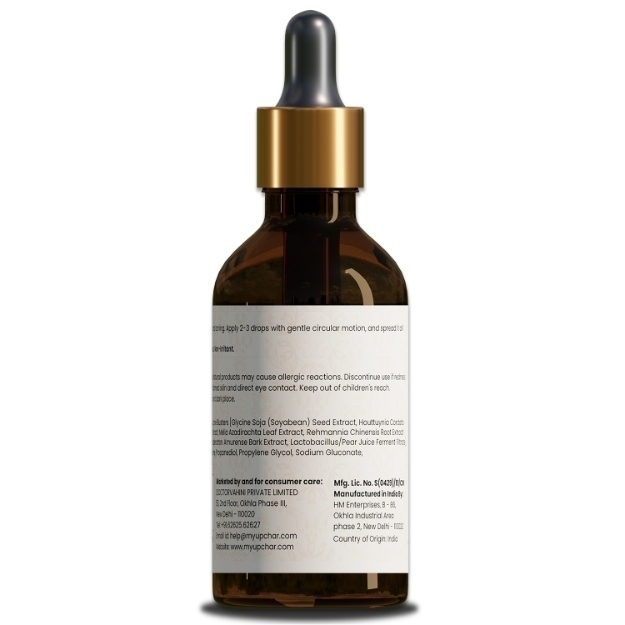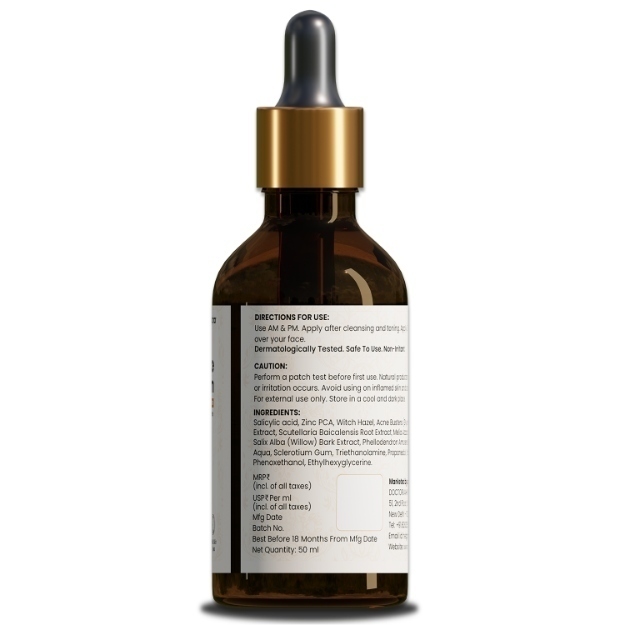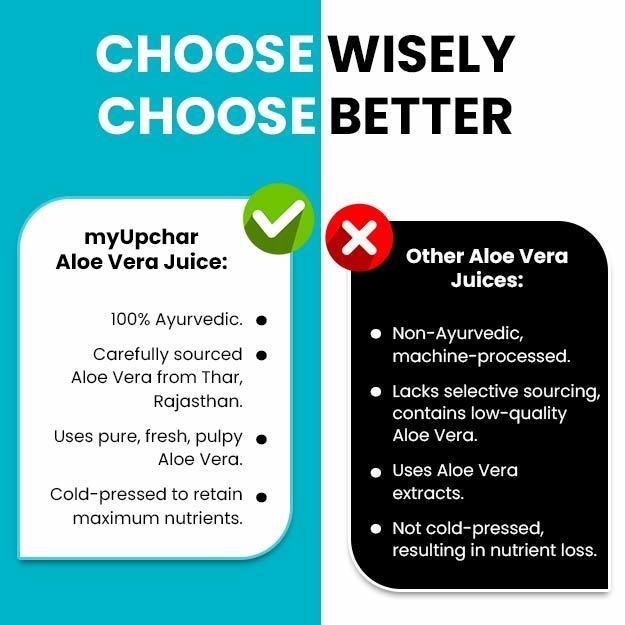LAC test is usually performed in conjunction or after evaluating PTT levels. Normal PTT usually indicates an absence of LAC, while prolonged PTT needs LAC evaluation.
Normal results: The absence of LACs indicates normal results, which mean elevation of PTT is not due to autoantibodies, but it may be due to some other causes like deficiency of coagulation factors.
Abnormal results: The presence of LAC indicates abnormal results, which mean that the signs and symptoms of the current episode of DVT or venous thromboembolism are due to LACs.
LAC test is not performed solitarily or is not diagnosed just on a single reporting of LAC, but it is performed at successive occasions, usually 12 weeks apart, and need more than two positive readings to indicate the presence of LAC.
In cases of prolonged PTT, certain other tests are performed to confirm the diagnosis of LACs. These tests include complete blood count, which indicates low platelet levels (thrombocytopenia) and is seen in association with LACs; coagulation factor assay (like fibrinogen) to rule out coagulation factor deficiency that may cause elevation of PTT and thrombin time, which helps in excluding heparin therapy as a cause of elevation of PTT.
LAC can be falsely positive in certain cases, such as in people receiving heparin therapy. It might be positive in patients having autoimmune diseases, HIV infection, certain cancers, and with certain medical preparations, such as penicillin, hydralazine, quinidine and phenothiazines.
Disclaimer: All results must be clinically correlated with the patient’s complaints to make a complete and accurate diagnosis. The above information is provided from a purely educational point of view and is in no way a substitute for medical advice by a qualified doctor.





